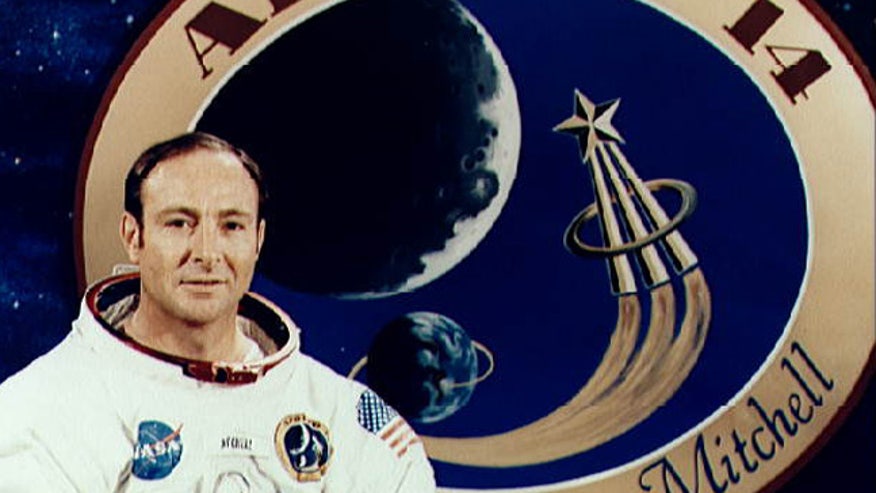http://www.mnn.com/earth-matters/sp...ical-radio-waves-deep-space-baffle-scientists
Are aliens trying to contact us? Mathematical radio waves from deep space baffle scientists
Strange bursts of radio waves have a pattern that can't be explained by known phenomenon.
By: Bryan Nelson
In the 1997 film "Contact," which was an adaptation of a novel written by Carl Sagan, an astrophysicist played by Jodie Foster becomes the first human to make contact with an
extraterrestrial civilization after detecting a strong, patterned radio signal from outer space.
Though fictional, the movie may have been prophetic. For the last 15 years, scientists have been detecting strange radio bursts from deep space that appear mathematical in nature,
reports New Scientist. The fact that they display a mathematical pattern is the linchpin: There are no known natural phenomenon capable of generating radio bursts with this kind of pattern.
So either these radio waves represent some yet undiscovered celestial event, or they are being produced by some kind of technology. In other words, if they do have a technological origin and they aren't being generated by us, that means they could be signals from an extraterrestrial intelligence. Yep, that's right:
aliens.
The reason this may be the first you've heard about these potential alien radio broadcasts is that scientists still aren't entirely sure what to make of them. There are a lot of possible explanations that don't involve little green men. But the fact that scientists can't rule out the possibility of an alien origin is rather mind-blowing, if not downright frightening.
Fast radio bursts
The signals have been given a name: fast radio bursts, or FRBs. They last just a few milliseconds but they're incredibly powerful, with the energy equivalent to
what the sun releases in a month. Ten of these bursts have been detected since 2001, the most recent of which was captured live in 2014 at the Parkes Observatory in New South Wales, Australia.
The brevity of the bursts is particularly unusual because it means their source has to be extremely small, hundreds of kilometers across at most. And because they exhibit such a high pulse dispersion — a measure of the distance between the arrival of higher frequency waves within the signal compared to lower frequency waves — scientists believe they come from very far away, possibly another galaxy entirely.
All 10 of the bursts detected so far have dispersion measures that are multiples of a single number: 187.5. That's the mathematical regularity that is hard to shake off. The breakdown of the pattern implies five sources for the bursts all at regularly spaced distances from Earth, billions of light-years away. Scientists have calculated this to be a five in 10,000 probability of a coincidence. In other words, not likely.
"If the pattern is real, it is very, very hard to explain," said John Learned, a scientist at the University of Hawaii in Manoa who analyzed the FRBs.
Other possibilities
There are a few known cosmic objects capable of producing bursts of radio waves. For instance, dense remnant stars called pulsars produce them, just not with such regularity or with as much power as observed in FRBs. Still, perhaps there are some undiscovered superdense stars that operate according to an underlying physics we don't yet understand, which are spitting these radio waves across the cosmos. That's one possible natural explanation, though mere conjecture at this point.
Some
other scientists have theorized that FRBs could come from what is known as a "contact" binary star system, two stars orbiting each other at an extremely close distance.
It's also possible that the signals are coming from something human. Perhaps an unmapped spy satellite is hovering about, appearing to send signals from deep space.
Human sources can be difficult to rule out. For instance, back in 2010 the Parkes Observatory picked up 16 pulses with similar characteristics to FRBs that turned out to be signals
generated from microwave ovens operated at the Parkes facility. Though these signals were clearly of terrestrial origin, unlike FRBs, it goes to show that there may well be a simpler, human explanation for FRBs that has yet to be identified.
The E.T. theory
If the radio bursts do turn out to be beacons from extraterrestrials, which is a possibility that can't be ruled out, then there are some exciting but scary scenarios to consider. FRBs would not be easy messages to send. The amount of energy required to send such powerful bursts from another galaxy is hard to fathom. Such alien technology would be far more advanced than anything we can imagine, with the ability to harness power equivalent to the sun.
In other words, any face-to-face encounter with such a civilization may not end well for us, if they turn out to be hostile.
Ultimately, scientists will need more evidence before any firmer conclusions can be drawn about the origin of these FRBs. More of the signals will need to be detected, for instance, just to establish that they do all represent a consistent pattern. With only 10 signals to work with currently, the sample size isn't very large. It's difficult not to be electrified by the possibilities, however.
"There is something really interesting we need to understand. This will either be new physics, like a new kind of pulsar, or, in the end, if we can exclude everything else, an ET," said Michael Hippke of the Institute for Data Analysis in Neukirchen-Vluyn, Germany. "When you set out to search for something new you might find something unexpected."

